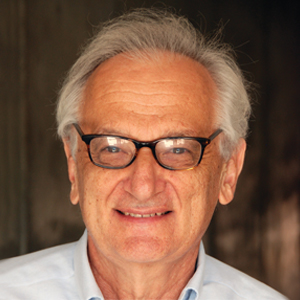Guido Guidotti (1933 – 2021)
Guido Guidotti, a pioneer in the discovery of the structure and function of membrane proteins, was known nationally and internationally for his research, his inspirational teaching and his mentoring of generations of students in his laboratory.
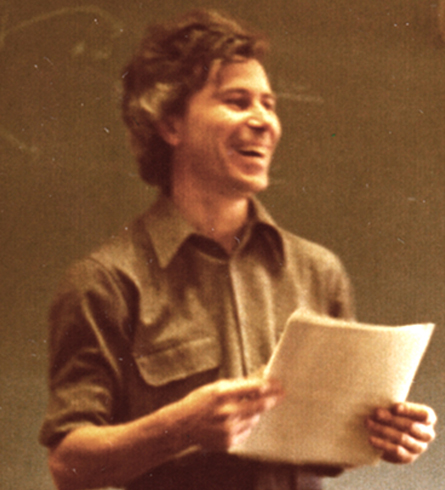
I was blessed to be a graduate student in Guidotti’s lab from 1970 to 1976 during the initial heyday of using sodium dodecyl sulfate, or SDS, gel electrophoresis to analyze membrane proteins. Guidotti, the Higgins professor of biochemistry at Harvard University, was one of the first scientists to realize the power of this technique, arguably allowing for the first proteomic analysis of cells, organelles and membranes to establish the protein composition of membranes.
The discovery that SDS could disaggregate not only complexes of proteins but also complexes of proteins with lipids and nucleic acids allowed researchers to solubilize all the proteins of the cell effectively and then to separate the resulting polypeptides by their molecular size. It was now possible to see just how many different polypeptides it took to make a membrane work and the size and number of these polypeptides.
However, the technique was not without problems. A major difficulty in solubilizing cellular mixtures of proteins with SDS was that some proteases were more resistant to denaturation than other species, leading to the generation of easy targets for the remaining active proteases. This led one prominent group to suggest erroneously that membrane proteins were composed largely of short polypeptides termed miniproteins. A graduate student in the Guidotti lab, John Pringle, solved the problem by rapidly heating the samples for three minutes at 100 °C immediately after SDS and mercaptoethanol were added. This procedure resulted in the rapid inactivation of the proteases and the production of full-length polypeptides.
This technique now is used almost universally in SDS gel electrophoresis, but it is not clear that all those using it know why it is done. Guidotti first applied this new technology to characterize human red blood cell membranes, leading to the characterization of novel transport and cytoskeletal proteins. An immediate fruit of this finding was the discovery by Guidotti and his longtime research assistant Michael Ho that the major red cell membrane polypeptide at about 100,000 daltons (band 3) was the anion transporter responsible for chloride ion and bicarbonate exchange.
The identification and characterization of uncharacterized membrane proteins was a longtime focus of the Guidotti lab. One notable example was their identification of the function of the mammalian CD39 protein, previously known only as a cell surface protein useful for immunophenotyping cells. Through clever biochemistry and bioinformatics (with knowledge of an enzyme from potatoes as a crucial link), they showed that CD39 was an ecto-ATPase, opening the door to understanding the signaling role of extracellular ATP. The Guidotti laboratory were pioneers in characterizing the Na+,K+-ATPase sodium pump and its interactions with the insulin receptor pathways.
Guidotti held the American Society for Biochemistry and Molecular Biology’s Journal of Biological Chemistry in highest esteem — having a paper accepted there was (and still is) for most of us occasion for celebration. During his career, some 110 JBC papers were published from his laboratory.
Guidotti was renowned for the independence he gave the some 100 undergraduates, graduate students and postdoctoral fellows that worked in his laboratory over the years. Unless he was involved in the hands-on experimentation, he wanted simply to be acknowledged on the resulting papers, forsaking authorship.
Here is a small selection of tributes from Guidotti’s former students that describe his mentorship:
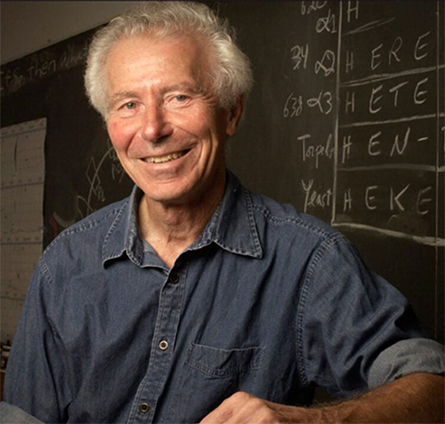
in 1963 and remained for almost 60 years.
What did Guido teach me? Do science for your own enjoyment and not for approbation. Do not wear fashionable clothes. Read the results but not necessarily the discussion, and draw your own conclusions. Doubt a conclusion until your interlocutor convinces you with her argument. Don't be fooled by blowhards. Let each student have the independence and responsibility to learn on his own; sit in your office and let him come to you. Stay in shape by doing exercise you enjoy; if you are not good at soccer, play flag football and surf. If someone is being stubborn, don’t give up on her; bring her around. Pack as light as you can. Recognize and respect brilliance, and enjoy its eccentricities. Don’t pay attention to the mess. Hold your friends close. But above all, enjoy life!
- Jack Kyte (1972 Ph.D.), University of California, San Diego
Guido was a true gentleman scientist, with an aura of intellectual curiosity that emanated from him to all his trainees. His knowledge of biochemistry and biophysics was awe-inspiring. Science discussions with Guido were a nonstop exchange of ideas, hypotheses and numbers (How many Na+ pumps per cell? What is the density of insulin receptors in a membrane?), with nearly all calculations done in his head. He was kind, patient and generous with advice and ideas, with an emphasis on quality over quantity. The field of membrane protein biochemistry has suffered a tremendous loss.
—Marilyn Resh (1983 Ph.D.), Memorial Sloan-Kettering Cancer Center and Weill Cornell Graduate School of Medical Sciences
A favorite memory for me — Guido in his office, surrounded by neat stacks of JBCs. Always ready to tell me about the amazing paper he had just read and how reading JBC was better than reading the best mystery.
- Betty Eipper (1973 Ph.D.), University of Connecticut Health Center
For someone who was so completely uninterested in promoting himself or claiming credit for himself, Guido had a huge influence on everyone who passed through his orbit. He inspired us without seeming to and taught us how to do our experiments without micromanaging us in any way. He taught us to be responsible for our own projects, to think quantitatively and to keep our focus on the important questions. He also taught us all, in his own inimitable way, how to get to the heart of a scientific question, how to focus on the big questions at all times and how to evaluate if a paper had proved (or more often had not proved) what it set out to prove.
I specifically remember a comment that he made when someone in the lab wanted to buy some fancy new piece of equipment because it would make the experiments go faster. His response was that if the experiments went too fast, there would be no time to think, and thinking was as important as doing experiments, was it not?
- Anjana Rao (1978 Ph.D.), La Jolla Institute for Immunology and University of California, San Diego
Within a sea of intense work and competition in the department of biochemistry and molecular biology at Harvard, Guido was an island of calm, a caring mentor and a dedicated scholar. While he rarely sought out an individual and asked about their progress, as a graduate student I relished my impromptu weekly visits to his office, which began with a gentle knock on the door. On every occasion, he put down whatever he was doing and for the next several hours gave his full attention to my project, often punctuated by visits to the break room with its wall of JBCs, where Guido — like a maestro — would pick out the precise volume containing a piece of information or data that would impact the direction of my project and, ultimately, my career. No one teaches you how to be a professor, ultimately, but I was blessed with having a mentor whom I try to emulate every day.
- Jeff Brodsky (1990 Ph.D.), University of Pittsburgh
In the early 1970s, I moved to Guido Guidotti’s laboratory to learn about membrane-embedded proteins that transport small molecules into and out of cells. At that time, long before cryo-EM, there was little hope of getting detailed protein structures, but Guidotti’s lab was leading the world in developing technologies to purify these proteins and identifying which of their regions were inside and outside the cell, ultimately leading to a detailed understanding of how these proteins move molecules across cell membranes.
His graduate students and postdocs were brilliant, and since Guido refused to put his name on a paper unless he did an experiment for the paper, they often were recognized as international leaders from their very first (usually single-author) publication from his lab.
- Lew Cantley (1975-1978 postdoctoral fellow), Weill Cornell Medicine
In addition to being an extraordinary biochemist, Guido was a superb teacher. I was lucky enough to have been the head teaching fellow for his Biological Sciences 11 class, the main undergraduate biochemistry and cell biology course at Harvard in the 1990s. Guido not only taught me how to teach well but also showed me that having a passion for teaching should be a central part of a career in academia, even at a research-intensive university. In fact, Guido convinced me that teaching and research are synergistic and that effort spent teaching invariably pays dividends in one’s research. I don’t think it was a coincidence that my most productive period at the lab bench was the five months I spent teaching with Guido.
- Jon Lorsch, National Institute of General Medical Sciences.
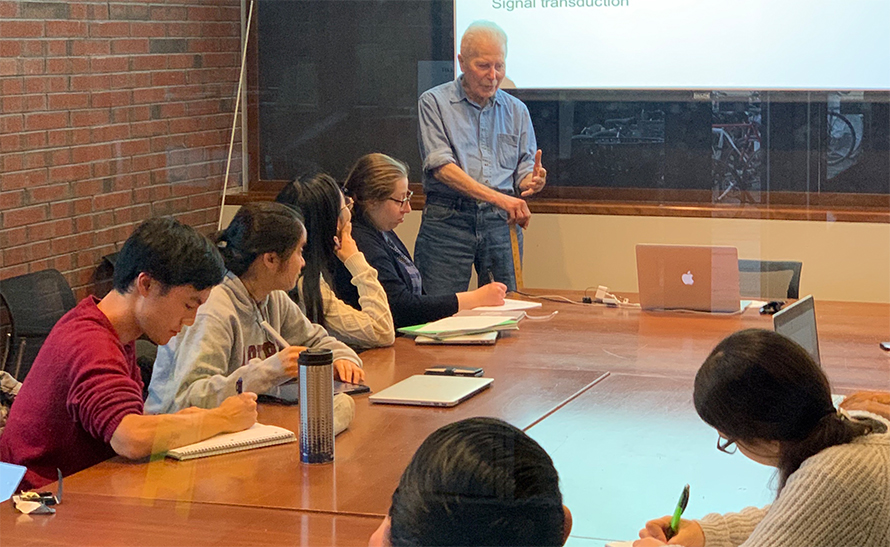
I had the good fortune to cross scientific paths with Guido on two occasions during his extraordinary career: when I was an undergraduate working in his lab for a few weeks when he had just started out as an assistant professor and during the last 25 years of his life when he was an established leader in the field of the structure and function of membrane proteins. Throughout his career he was fearless, innovative, helpful and gifted with brilliant insights.
As a protein biochemist interested in the structure and function of membrane proteins, he gave more weight to the function than the structure, a characteristic which I surmise came from his original training as a physician. His ability to attract and give free rein to an extraordinary group of junior and more senior scientists amplified his impact on the entire field of membrane protein biochemistry. He had a rare and precious ability to ask the right questions, take on difficult problems, integrate information from multiple sources and design definitive experiments with far-reaching implications for biomedicine.
- Michael Gottesman, National Cancer Institute and National Institutes of Health
Guido’s range of knowledge and his ability to make connections between disparate sources of information were daunting. For those of us who continued to consult him for ideas long after leaving his laboratory, before there was Google, there was Guido.
- Kurt Drickamer (1978 Ph.D.), Imperial College, London
Guido and I shared our lives for more than 40 years, bonding over everything from sports to science. Many have attested to Guido’s special qualities. As a scientist he was brilliant, imaginative, creative and a profound and knowledgeable thinker. As a person he was kind, humble, caring and giving and took his greatest pleasure in enabling others to succeed and/or simply to survive the tumults of life.
As an example: While many scientists are afraid to read journals for fear they will discover that they have been scooped, Guido would read the pages of the JBC for the pure pleasure of thinking about science, secure in the knowledge that he always would find something interesting to do. When I worried to him once about losing some scientific race, he said, “Well, just go on and tackle the next problem.”
- Nancy Kleckner, Harvard University
A life to read
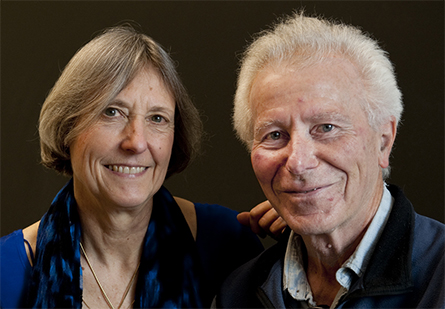
Guido Guidotti’s wife, Nancy Kleckner, the Hershel Smith professor of molecular biology at Harvard University, has written and compiled a wonderfully detailed scientific tribute, “Guido Guidotti — A Life,” that is available for download from the Harvard Library at dash.harvard.edu. Kleckner details Guidotti’s progression from star student in war-torn Italy to Harvard professor, as well as the studies in the Guidotti lab, totaling some 237 publications — the myriad contributions of his laboratory to understanding the role of membrane proteins in transport and cellular signaling reactions.
Enjoy reading ASBMB Today?
Become a member to receive the print edition four times a year and the digital edition monthly.
Learn moreGet the latest from ASBMB Today
Enter your email address, and we’ll send you a weekly email with recent articles, interviews and more.
Latest in People
People highlights or most popular articles

ASBMB names 2026 fellows
The American Society for Biochemistry and Molecular Biology announced that it has named 16 members as 2026 fellows of the society.

ASBMB members receive ASM awards
Jennifer Doudna, Michael Ibba and Kim Orth were recognized by the American Society for Microbiology for their achievements in leadership, education and research.

Mining microbes for rare earth solutions
Joseph Cotruvo, Jr., will receive the ASBMB Mildred Cohn Young Investigator Award at the ASBMB Annual Meeting, March 7–10, just outside of Washington, D.C.

McKnight wins Lasker Award
He was honored at a gala in September and received a $250,000 honorarium.

Building a stronger future for research funding
Hear from Eric Gascho of the Coalition for Health Funding about federal public health investments, the value of collaboration and how scientists can help shape the future of research funding.

Fueling healthier aging, connecting metabolism stress and time
Biochemist Melanie McReynolds investigates how metabolism and stress shape the aging process. Her research on NAD+, a molecule central to cellular energy, reveals how maintaining its balance could promote healthier, longer lives.

